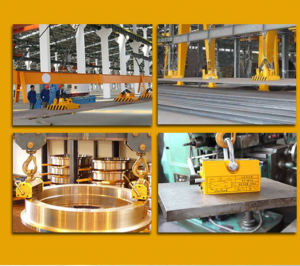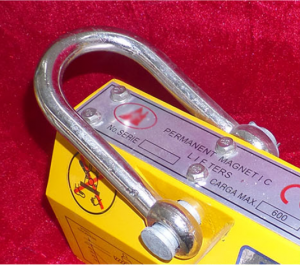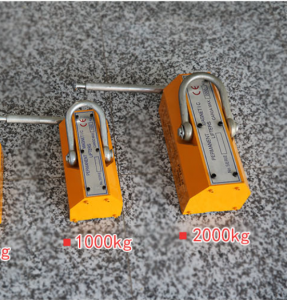When the operators in the factory were eager to try and were full of ambition to lift and transport a large number of steel plates in the warehouse to other places within a day, they found that their labor-saving tool—the permanent magnetic lifter could not complete the task of holding the steel plates. Faced with this In this situation, the workers couldn’t help but wonder, what caused the suction lifter to lose its magnetic force?
Check whether the thickness of the steel plate and the quality of the surface meet the lifting specifications of the suction lifter. Before use, the thickness of the holding plate of the heavy object should be used according to the performance curve to find out the percentage of the thickness of the steel plate and the holding force shown therein. When the surface roughness Ra is less than 6.3μm, it means that there is no gap between the workpiece and the surface of the permanent magnet lifter, and the lifting force may reach 100%. The gap affects the suction and lifting of heavy objects.
Check whether the material of the steel plate meets the lifting specification of the suction hoist. The low-carbon steel workpiece is used as a reference object, and the lifting capacity coefficient is 1, then the medium-carbon steel is 0.95, the high-carbon steel coefficient is 0.9, the low-alloy steel coefficient is 0.75, and the cast iron coefficient is 0.5.
Under normal circumstances, as long as the permanent magnet hanger is not bumped or broken, it will not demagnetize. Therefore, when it cannot hold heavy objects, we must first consider whether the heavy objects are standardized, and then consider the quality of the hanger.
Post time: Jan-06-2023







